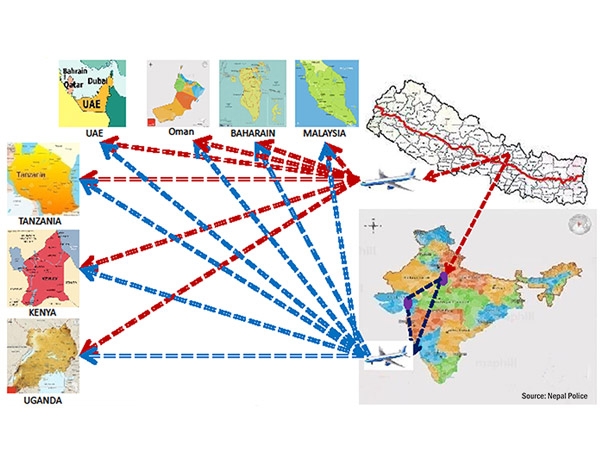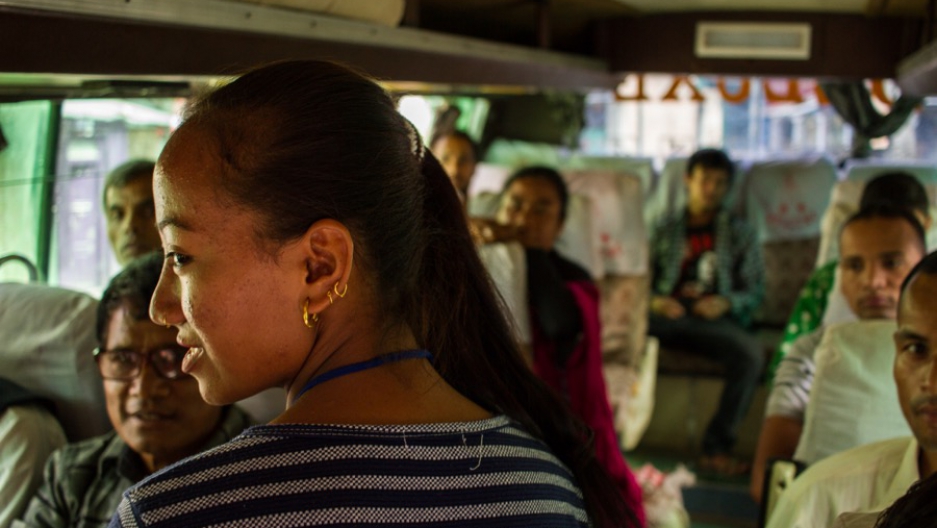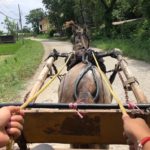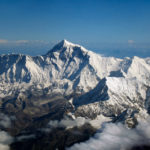Every year around 25,000 young girls, some as young as 9 years old from the poorest parts of the country are persuaded by the traffickers with promises of high – paid jobs or marriages are trafficked into slavery, sexual abuse or exploitation destroying their lives.

Since the border between India and Nepal is open, Nepal remains a source to exploit women, men and children and subject them to sex trafficking, organ transplant and forced labor. The trafficked individuals are then sent to India and other Gulf countries. The majority of victims are women and girls, who are vulnerable due to low socio-economic status, limited economic opportunities and low cultural status.

The earthquake that struck Nepal in the year 2015 pushed thousands of people into poverty. Due to illiteracy, poverty, unemployment and discrimination based on caste system and gender, hundreds and thousands of girls are forced into domestic servitude or Indian brothels. Many indebted families sell their daughter to these traffickers to repay their debt. These girls suffer from different diseases such as AIDS, HIV and many of them die even before they reach twenty. The victims lose their self-respect in their family and society and are not accepted by them in case they return back.

In Nepal, the peak trafficking months are between June to early September when didi’s (who are sex worker themselves) return to their villages and appoint girls to bring to India and other Gulf countries. About 60% of women and children who are working as a commercial sex worker do so out of economic compulsion or poverty.

Credit: Stephen Groves/PRI
The Government of Nepal is making significant efforts to eliminate human trafficking. The government is also conducting different awareness-raising programs addressing the vulnerability of women and children in trafficking. There are numerous organizations such as Maiti Nepal, Seven Women, 3 Angels Nepal and Protection of People’s Rights working to combat human trafficking. These organizations aware community, provide the victims education, counselling, training and employment and run several workshops to aware women’s regarding gender-based violence.

